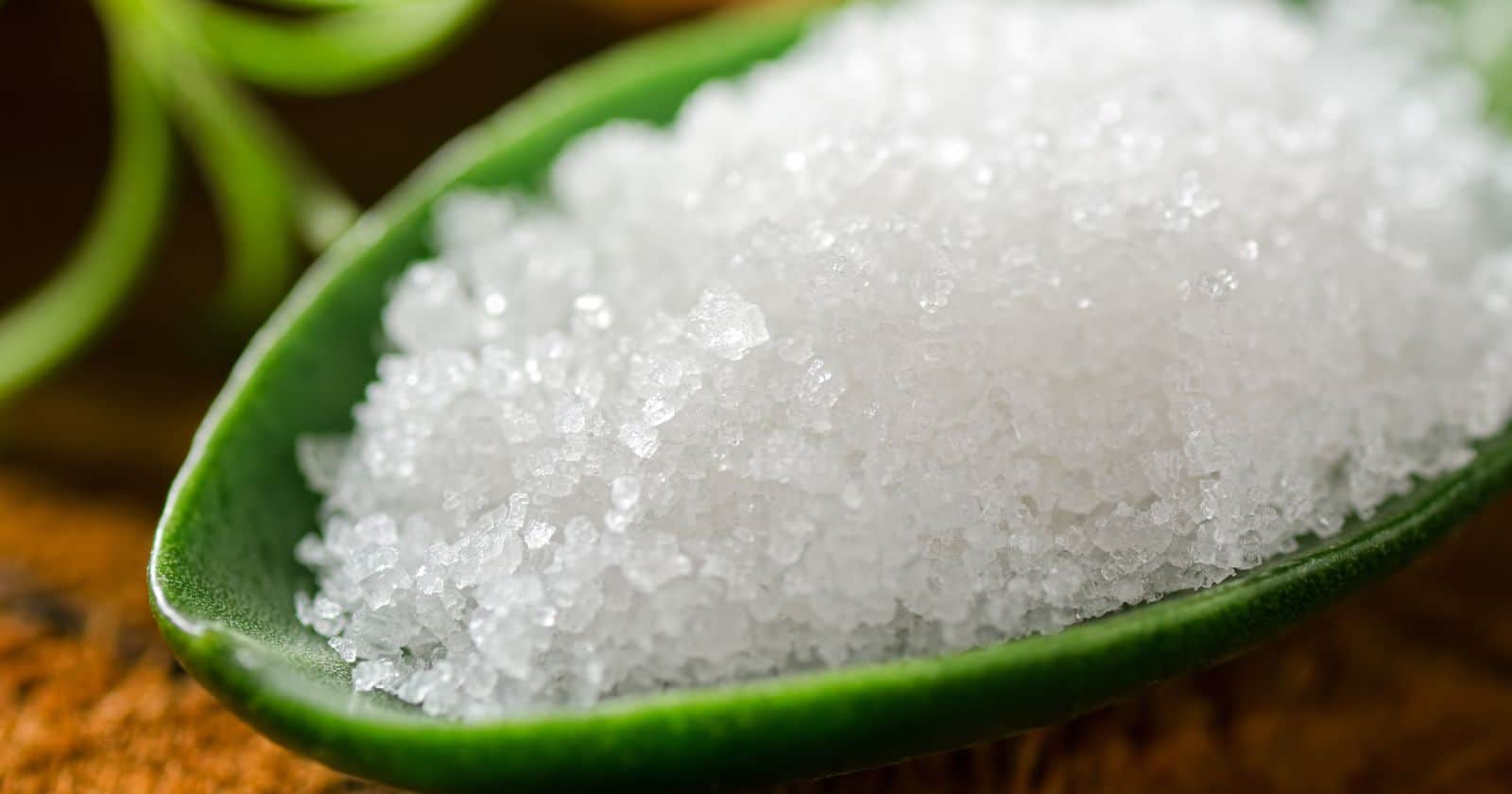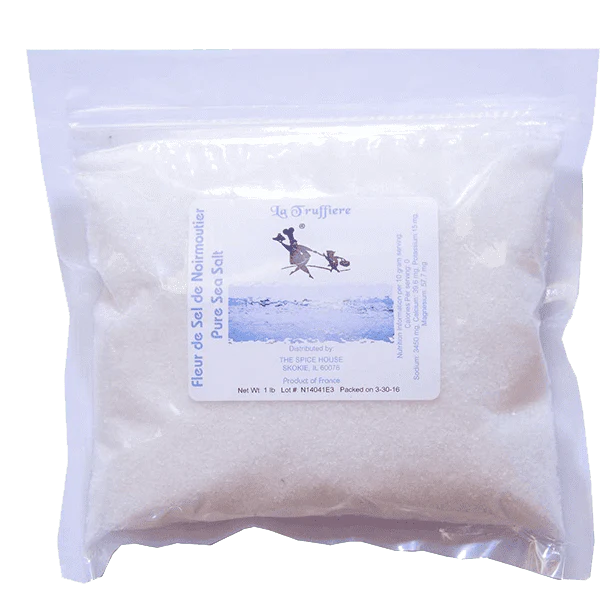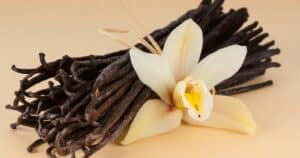Do you want to elevate the flavor of your dishes and impress your guests? Look no further than fleur de sel! This coveted salt variety offers a delicate texture and unique taste that can enhance any meal.
But with so many salt options on the market, knowing which one to choose can be challenging. That’s where fleur de sel comes in – it’s the perfect choice for those who want to take their culinary game to the next level.
Fleur de sel is a hand-harvested sea salt from the Brittany region of France. Its name translates to “flower of salt,” which speaks to its delicate and distinct taste. Unlike traditional table salt, fleur de sel is harvested by skimming the top layer of salt crystals on the surface of salt ponds. This process requires a skilled hand and perfect weather conditions, so fleur de sel is considered a luxury item.
In this article, we’ll explore the history and production of fleur de sel, as well as its culinary uses and benefits.
From adding a finishing touch to desserts to enhancing the flavor of meats and vegetables, we’ll show you how to incorporate this salt variety into your cooking routine.
So whether you’re a seasoned chef or an adventurous home cook, get ready to discover the wonders of fleur de sel.
What is Fleur de Sel?
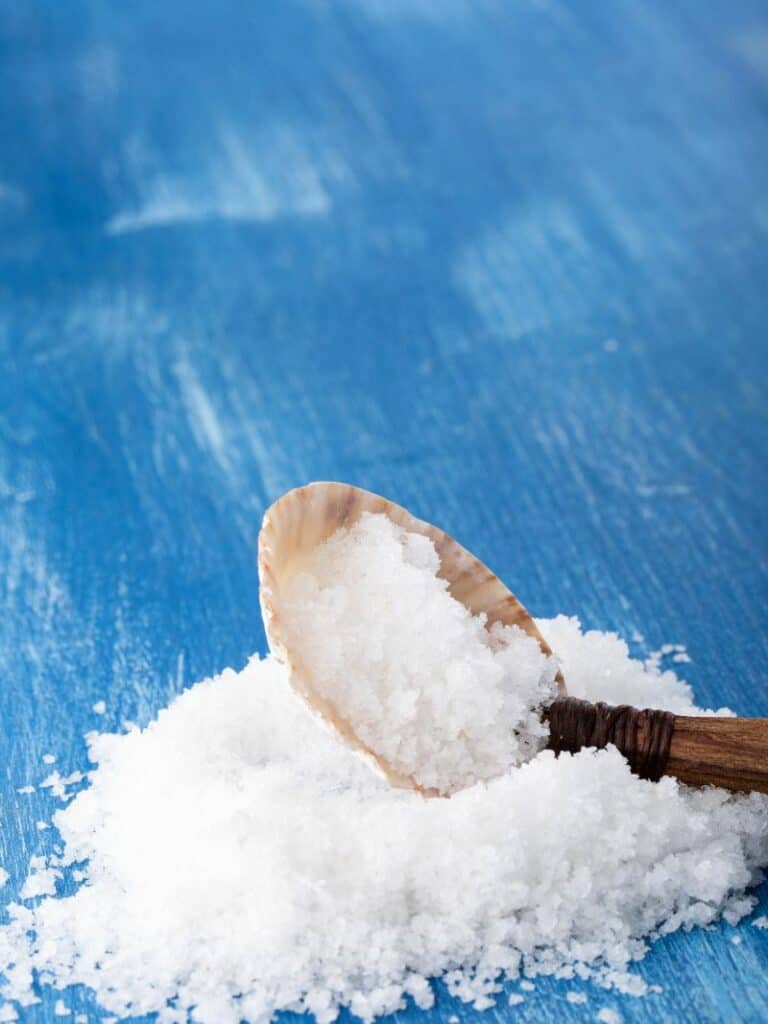
Fleur de Sel is a type of sea salt harvested from coastal regions’ top layers of salt ponds. It is known for its delicate, flaky texture and unique flavor profile that is described as slightly sweet with subtle hints of minerals.
Harvesting Process:
- Labor-intensive process
- Hand-harvested using traditional methods
- Skimming the thin layer that forms on the surface of salt ponds
- Careful timing and weather conditions are necessary to produce high-quality Fleur de Sel.
Flavor Profile:
- Subtle, nuanced taste
- Slightly sweet flavor with hints of minerals
- Enhances the natural flavors of food without overpowering them
- Often used as a finishing salt.
Uses:
- Popular among professional chefs and home cooks alike
- Adds delicate flavor and texture to dishes
- Often used as a finishing salt for grilled meats, fish, and vegetables.
- It can also be used to enhance sweets like caramel, chocolate, and baked goods
Fun Facts:
- Fleur de Sel translates to “Flower of Salt” in French.
- It is considered a luxury item due to its high price tag.
- The region of Brittany in France produces some of the world’s highest quality Fleur de Sel.
How Fleur de Sel is Produced
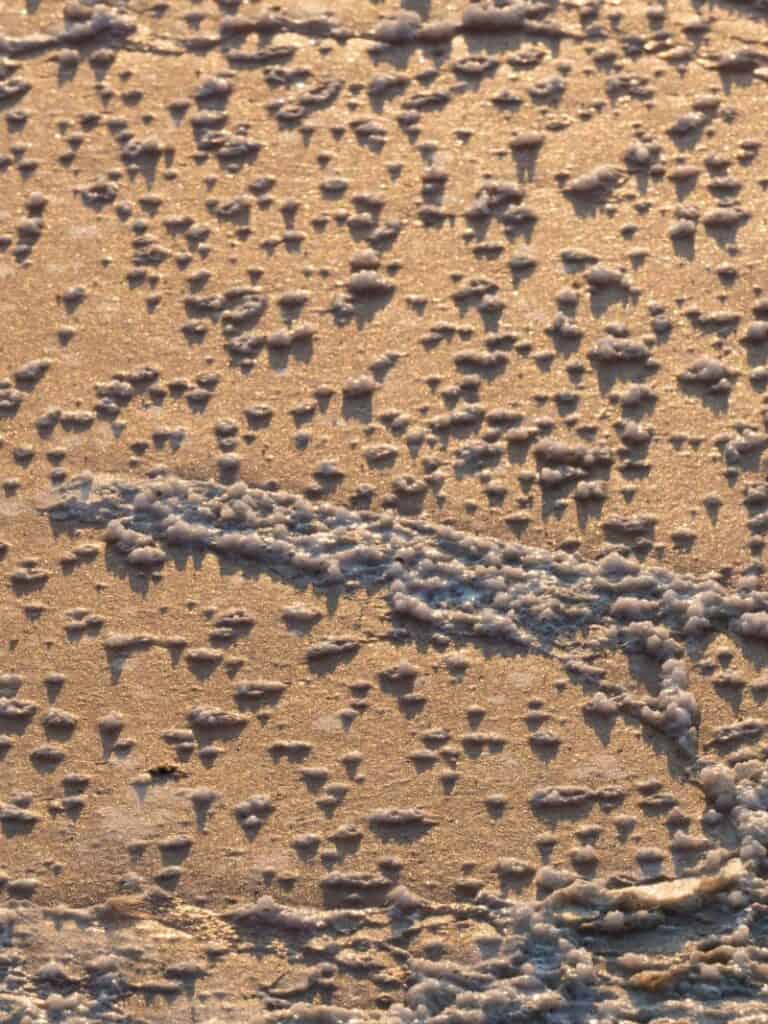
To produce Fleur de Sel, the salt ponds are filled with seawater, and then sunlight and wind evaporate the water, leaving behind salt crystals. When the salt concentration reaches a specific level, the workers use long rakes to collect the salt’s uppermost layer of the salt by hand.
This layer is Fleur de Sel – the delicate, moist crystals have a unique taste and texture that any other type of salt cannot replicate.
Here are some additional details on how Fleur de Sel is produced:
- Fleur de Sel harvesting is done in the summer when seawater has the highest level of evaporation.
- It takes approximately 80-90 days for a layer of salt thick enough for Fleur de Sel to form.
- The workers must be skilled and experienced to collect the salt correctly, as it requires a delicate touch and a keen eye for the right moment to rake it.
- After collection, the salt is left to dry in the sun for a short period, then packed by hand into containers, ready for distribution.
Fleur de Sel is a rare and precious type of salt that enhances the flavor of food with its subtle taste and texture.
By understanding how it is produced, we can appreciate the skill and hard work required to create this unique ingredient that can add an extra dimension to our dishes.
The Differences Between Fleur de Sel and Other Salts
Fleur de Sel is a very unique and expensive salt that has some distinct differences compared to other types of salts. Let’s explore some of these differences in more detail:
Harvesting process
Fleur de Sel is hand-harvested by workers who skim the top layer of salt crystals that form on the surface of salt evaporation ponds. This delicate process requires perfect weather conditions, so the salt can only be harvested a few times per year. Other salts are typically harvested through mechanical means.
Mineral content
Fleur de Sel is known for its high mineral content, which gives it a distinct flavor and texture. Other salts may vary in mineral content depending on their source and processing methods.
Texture
Fleur de Sel has a moist and crunchy texture due to its high moisture content. Other salts may be more dry and have a finer texture.
Flavor
Fleur de Sel has a delicate and complex flavor that is often described as slightly sweet and floral. Other salts may have a more straightforward salty taste.
Culinary uses
Fleur de Sel is often used as a finishing salt to add texture and flavor to dishes such as salads, meats, and vegetables. Other salts may be used in cooking or baking applications.
Price
Fleur de Sel is one of the most expensive salts due to its labor-intensive harvesting process and unique flavor and texture. Other salts may be more affordable and widely available.
The Culinary Uses of Fleur de Sel
This rare and expensive salt has a delicate flavor and a crunchy texture, making it highly prized by chefs and culinary enthusiasts worldwide.
Here are some of the culinary uses of this exquisite salt:
Enhancing Flavor
Fleur de Sel is a finishing salt that is used to add a final touch of flavor to dishes. Its subtle flavor enhances the natural taste of vegetables, meats, and seafood. It is perfect for sprinkling over salads, roasted vegetables, grilled meats, and fish.
Baking
Fleur de Sel is great for baking because it dissolves easily and evenly. It can be used in bread and pastry doughs to enhance the flavor and add a touch of saltiness.
Chocolate
Fleur de Sel adds a unique flavor to chocolate. It brings out the sweetness of chocolate and balances its bitterness. It is commonly used in chocolate truffles and caramels.
Table Salt
Fleur de Sel can also be used as a table salt. It has a superior flavor and texture compared to regular table salt. It is perfect for sprinkling on top of dishes as a finishing touch.
Cocktails
Fleur de Sel is becoming increasingly popular in cocktail making. A pinch of Fleur de Sel can enhance the flavor of margaritas, martinis, and other cocktails.
Where to Buy Fleur de Sel
If you’re looking to buy fleur de sel, there are a few different options available. Here are some of the best places to find this prized ingredient:
- Specialty food stores: Many gourmet grocers and specialty food stores carry fleur de sel, often in small jars or tins.
- Online retailers: Numerous retailers specialize in high-quality salts and other gourmet ingredients. Look for retailers that specialize in artisanal, small-batch products.
- Farmer’s markets: Some small-scale salt producers may sell their products at local farmer’s markets or food fairs.
No matter where you choose to purchase your fleur de sel, be sure to read reviews and do your research before making a purchase to ensure that you’re getting a quality product.
This rare finishing salt is hand-harvested from a tidal island off the coast of the Vend e region of France and is considered the finest in the world.
Sea salt is a natural calcium, potassium, magnesium, zinc, copper, and iodine source. Fleur de sel is the uppermost bloom of a salt pan. It pairs superbly with fish, chocolate, and caramels.
Fleur de Sel Substitutes
Fleur de Sel is a type of sea salt that has a delicate, crunchy texture and unique flavor profile. However, it can be expensive and hard to find. Luckily, there are several substitutes that can be used in recipes that call for Fleur de Sel.
Himalayan Pink Salt
This salt is known for its delicate flavor and similar crunchy texture to Fleur de Sel.
Maldon Sea Salt
Maldon sea salt is harvested in the same way as Fleur de Sel, giving it a similar taste and texture.
Kosher Salt
Although it has a coarser texture than Fleur de Sel, kosher salt can still add a similar flavor to a dish.
Sel Gris
Sel Gris is harvested from the same salt ponds as Fleur de Sel but is slightly less expensive and has a coarser texture.
Table Salt
While it doesn’t offer the same texture as Fleur de Sel, table salt can still add a similar flavor to a recipe. However, use it sparingly, as it is more concentrated than other salt types.
In summary, Fleur de Sel can be substituted in recipes with Himalayan Pink Salt, Maldon Sea Salt, Kosher Salt, Sel Gris, or even table salt if necessary. Don’t let the high cost or rarity of Fleur de Sel hold you back from experimenting in the kitchen!

